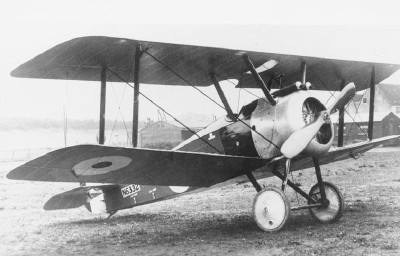Hello,
If you have emailed me directly about the Iain Sinclair event (mostly people connected to the Chichester MA in Creative Writing) then you are booked in, please pay on arrival at the Reception at Shoreham Airport and make sure you arrive promptly to start at 1.30! Thanks.
Saturday 16th April 2011 1.30pm – 5.30pm
PSYCHOGEOGRAPHY AND A SENSE OF PLACE WITH IAIN SINCLAIR
Join us for a creative writing workshop using Shoreham Airport as a point of inspiration. Bring a notebook, camera and your imagination and join us on a Guy Debord-inspired walk around the airport, looking at how the archives, history and architecture of the airport have their own stories to tell.
Fee: £14.50 (free to people affiliated to the airport). BOOKING ESSENTIAL AS PLACES ARE LIMITED – call 01273 467375 or email reception@shorehamairport.co.uk to book a place

An Iain Sinclair biography here.
More information on Iain Sinclair from here:
Psychogeography is the hidden landscape of atmospheres, histories, actions and characters which charge environments.
The term originally harks back to Thomas De Quincey’s dreamy, druggy treks of the nineteenth century and Walter Benjamin’s excursions around the Paris streets of the 1920s, fusing Jewish messianism, Kabbalism, Marxism and visionary Surrealism.
But after Internationale Situationiste #1 1957, the term evolves again, indicating the study of the effects of geographical settings on mood and behaviour.
Today, the expression is possibly most readily associated with Iain Sinclair’s synoptic urban drifts; the divining of the unconscious cultural contours of places: “By the time I was using [the word], it was more like ‘psychotic geographer’ more of a raging bull journey against the energies of the city of creating a walk that would allow you to enter into a fiction.”
Sinclair’s work is a dense, fused poeticized prose often inspired by walks and free-associated treks around the underside of London, most especially the expansice wilds of the East End and its Essex deltas. Cafes often figure in his novels, and the Alpino in Islington’s Chapel Market N1 has long been one of his stop-offs on regular walks up the Regent Canal.
Those new to Sinclair’s work should start with his collection of essays Lights Out For The Territory. Then move on to his co-written account of the mystery of Whitechapel legend David Rodinsky – Rodinsky’s Room – and his vanishing from a hidden East End Synagogue. On no account miss Sinclair’s early novel Whitechappel Scarlet Tracings or his exorcizing of modern City meltdown, Downriver.










